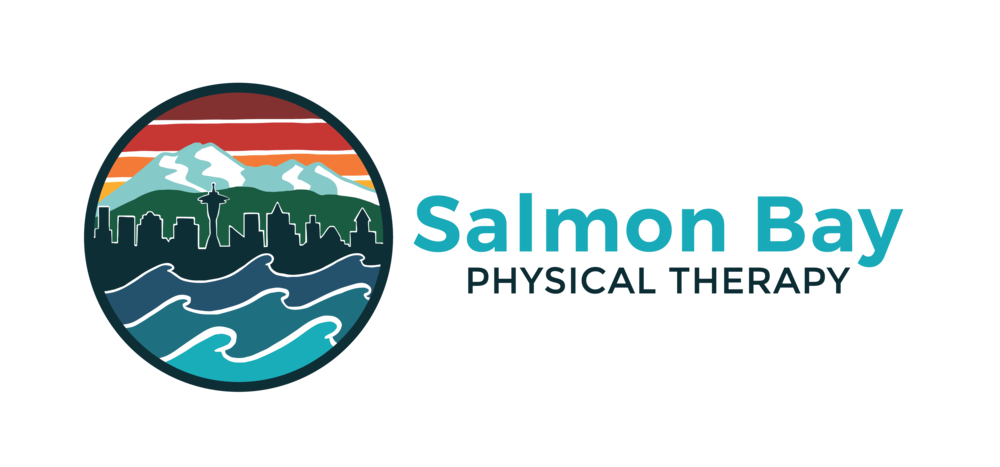Elbow Pain
Below are some of the most common conditions impacting the elbow, as described by the American Physical Therapy Association.
Lateral Epicondylitis (Tennis Elbow)
Lateral epicondylitis (a.k.a. tennis elbow) is a painful condition caused by overuse of the "extensor" muscles in your arm and forearm, particularly where the tendons attach to rounded projections of bone (epicondyles) on the outside or lateral aspect of the elbow. The muscles you use to grip, twist, and carry objects with your hand all attach to the "lateral epicondyle" at the elbow. That's why a movement of the wrist or hand can actually cause pain in the elbow.
Medial Epicondylitis (Golfer's Elbow)
Medial epicondylitis (commonly called golfer's elbow or thrower's elbow) is a condition that develops when the tendons on the inside of the forearm become irritated, inflamed, and painful due to repetitive use of the hand, wrist, forearm and elbow. It is often diagnosed in people who perform repetitive motions, such as swinging a golf club or tennis racket, or activities requiring gripping, twisting, or throwing. Even using a computer or performing yard work can cause the condition. It is most common in men over the age of 35. A physical therapist can help decrease the pain caused by medial epicondylitis, and improve the affected elbow's motion, strength, and function.
UCL Sprain
Ulnar collateral ligament (UCL) injuries occur when repetitive stress damages the inside of the elbow. UCL injuries are becoming more common given the popularity of "overhead" sports such as volleyball and baseball. They are often referred to as "Tommy John" injuries, named after the famous baseball pitcher who underwent the first surgery for a UCL injury in 1974. A physical therapist can help improve your arm's strength and range of motion, and your body's overall stability and balance following a UCL injury.



